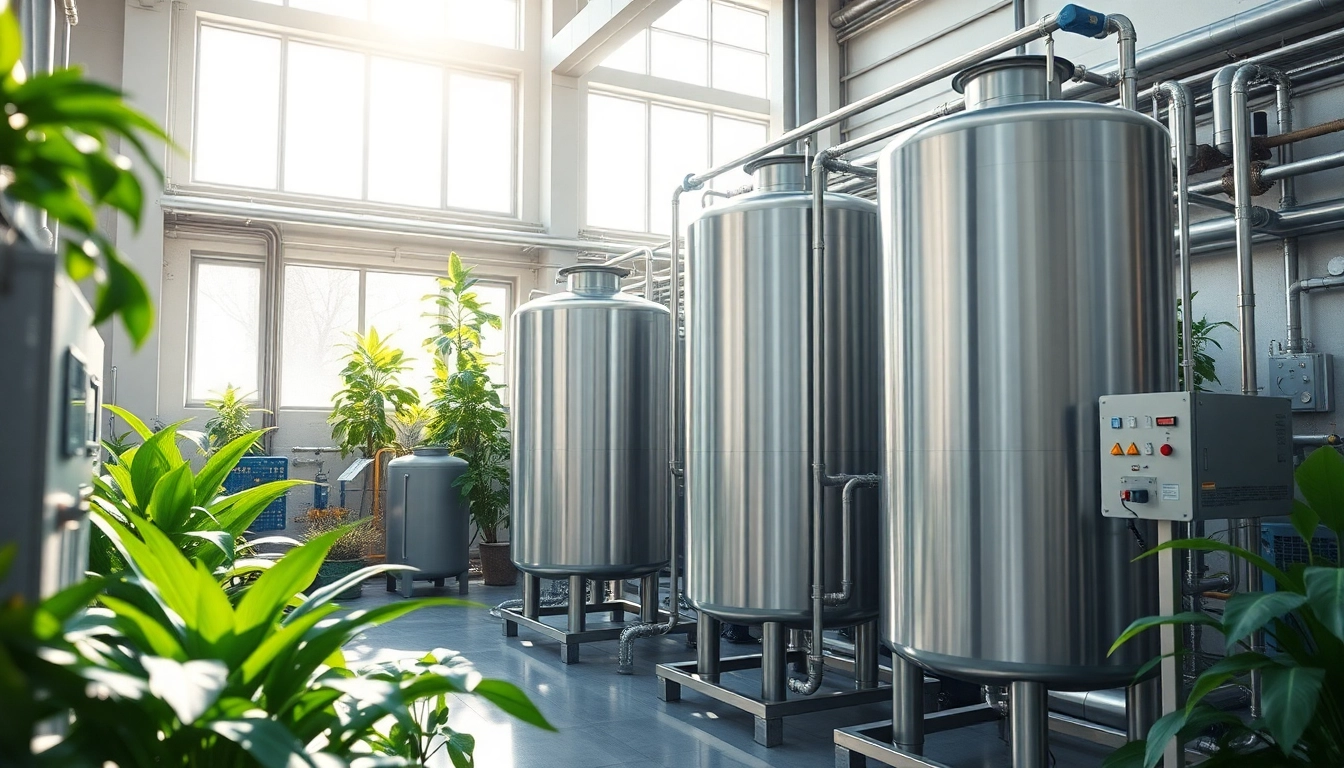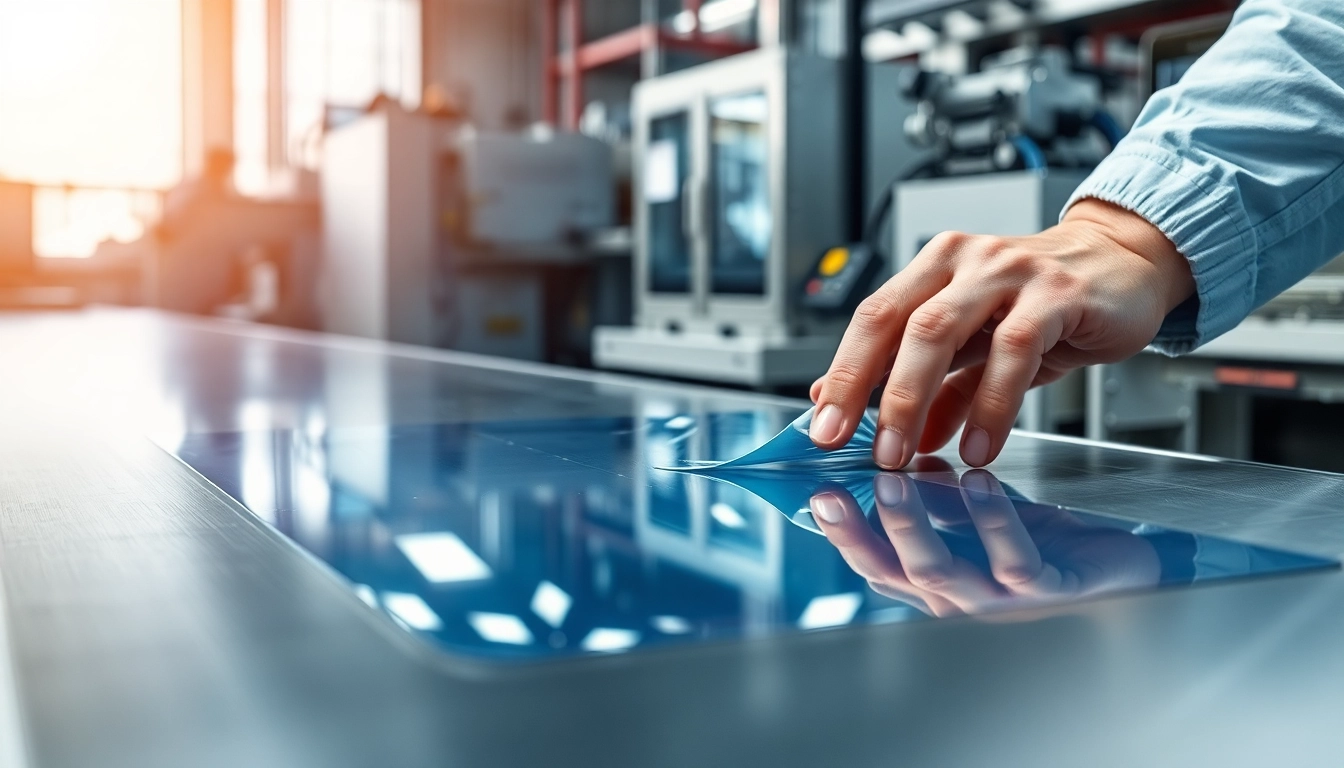Understanding the Industrial Water Purification System
In today’s world, the challenges posed by water quality and availability are more pronounced than ever. Industries across the globe are increasingly looking for effective methods to treat and purify water for various applications. This is where an industrial water purification system comes into play. Such systems are essential not just for meeting operational needs, but also for ensuring compliance with safety regulations, driving cost savings, and fostering sustainability practices.
Key Components of the System
An effective industrial water purification system typically comprises several vital components designed to transform raw water into clean, usable water. Key elements include:
- Pre-Treatment Components: This initial stage removes large debris and sediments, using physical filtration or settling techniques. It often includes screens, sedimentation tanks, and flocculation systems.
- Membrane Technologies: Advanced purification often employs membrane technologies such as Reverse Osmosis (RO) and Nanofiltration (NF). These methods are effective in removing dissolved solids and other contaminants at a molecular level.
- Disinfection Systems: To ensure the water is free from pathogens, disinfection methods like ultraviolet (UV) light or chemical treatments (e.g., chlorination) are utilized.
- Post-Treatment Process: After purification, processes may involve remineralization to restore essential minerals or conditioning for specific industrial uses, ensuring the water meets all required standards.
Importance in Various Industries
The significance of implementing an industrial water purification system varies across industries, including:
- Manufacturing: Industries reliant on water for cooling, processing, or product formulation require high-quality water to maintain production efficiency and protect equipment.
- Food and Beverage: Clean water is paramount in this sector to meet hygiene and quality standards, thus safeguarding consumer health and maintaining product integrity.
- Pharmaceuticals: Water used in drug manufacturing must meet stringent purity standards to ensure safety and efficacy.
- Textiles: Water is utilized in various processes; hence, its purity affects dyeing and finishing results.
Average Costs and Budgeting Considerations
The costs associated with installing and maintaining an industrial water purification system can vary widely based on factors such as system size, technology utilized, and specific industry needs. Key budgeting considerations include:
- Initial Capital Investment: This includes the cost of the equipment, installation, and necessary infrastructure modifications.
- Operating Expenses: These consist of energy consumption, maintenance, and replacement of filters or membranes over time.
- Regulatory Compliance Costs: Meeting local environmental regulations may require additional investments in monitoring and reporting systems.
Benefits of Implementing an Industrial Water Purification System
Investing in a robust industrial water purification system comes with numerous benefits that can enhance operational efficiency and long-term sustainability for businesses.
Improved Water Quality and Safety
The foremost benefit of adopting an industrial water purification system is the assurance of high water quality. By effectively removing impurities, the system:
- Reduces the risk of contamination-related health issues for employees and consumers.
- Improves the overall quality of products, particularly in the food and beverage and pharmaceutical industries.
- Enhances safety by minimizing hazardous material presence, thus protecting equipment and reducing operational risks.
Cost Savings and Resource Management
Efficiency in water usage can lead to significant cost savings. Benefits include:
- Lower energy costs through improved system efficiencies that reduce operational expenditures.
- Less water wastage, providing more sustainable usage and potentially lower water purchase costs for facilities in regions with high water tariffs.
- A reduction in chemical treatment expenditures, as high-quality water requires fewer additives for treatment and maintenance.
Regulatory Compliance Achieved
Adhering to environmental regulations is crucial for industrial operations. Implementing a water purification system helps ensure:
- Compliance with both local and national water quality standards.
- Minimization of fines and legal liabilities associated with environmental infractions.
- Better public image and corporate responsibility by demonstrating commitment to environmental stewardship.
Common Challenges with Water Purification in Industries
Despite the numerous advantages, businesses may encounter challenges during the implementation and operation of industrial water purification systems. Understanding these challenges is critical for effective management.
Operational Issues and Maintenance
Industrial water purification systems require regular maintenance to function optimally. Common operational issues include:
- Clogged membranes and filters, which necessitate periodic cleaning and replacement to prevent flow interruptions.
- Frequent system downtime due to maintenance requirements, leading to productivity losses.
- Challenges in scaling operations, as aging infrastructure may struggle to meet increased purification demands in growing facilities.
Dealing with Contaminants and Chemicals
Industrial settings often encounter a wide range of contaminants that can complicate water purification efforts. Key challenges include:
- Emerging contaminants (like pharmaceuticals and personal care products) not typically addressed by conventional systems.
- High concentrations of specific impurities that can damage filtration membranes or pose risks to human health.
- The need for ongoing monitoring and adjustment to treatment processes, which may require specialized knowledge or additional resources.
Space and Infrastructure Limitations
Many facilities face spatial constraints that can impact the implementation of a comprehensive water purification system. Some notable limitations include:
- Inadequate space for large equipment or the necessary modifications to existing facilities.
- Natural barriers or zoning regulations that may hinder the installation of certain technologies.
- Logistical challenges in integrating new systems with existing plumbing and water distribution networks.
Best Practices for Selecting an Industrial Water Purification System
Selecting the right industrial water purification system requires a thoughtful approach that aligns with business needs and operational goals. Here are best practices to consider:
Assessing Your Water Quality Needs
Before investing in a purification system, companies should conduct thorough assessments of their specific water quality requirements. Steps include:
- Identifying the contaminants present in the water source and determining the desired water quality standards.
- Assessing the volume of water required for operational processes and estimating peak usage times to ensure sufficient system capacity.
- Consulting with experts to gain insight into the latest purification technologies suitable for specific industrial operations.
Comparing System Capabilities and Features
Not all purification systems are created equal. Consideration should be given to:
- The range of contaminants the system can effectively remove and any additional treatments it provides, such as remineralization.
- The scalability and flexibility of the system, including the ability to integrate with existing infrastructure.
- The energy requirements and overall environmental impact of the system, looking for those with energy-efficient designs.
Evaluating Vendor Support and Service
Choosing a reliable vendor is crucial for long-term success. Key evaluation criteria include:
- The vendor’s reputation and expertise in providing support for similar industrial applications.
- Availability of training and resources for staff to ensure proper operation and maintenance of the system.
- Warranties, service agreements, and response times for repairs or emergency support.
Measuring Performance of Your Industrial Water Purification System
Monitoring the performance of an industrial water purification system is integral to maintaining its effectiveness and efficiency. Here are essential methods for performance assessment:
Key Performance Indicators (KPIs)
Establishing clear KPIs is essential for accurately gauging the performance of the purification system. Common KPIs include:
- Turbidity Levels: Regularly monitoring turbidity can indicate the overall effectiveness of filtration processes.
- Compliance Metrics: Tracking compliance with regulatory standards can help identify potential issues before they escalate.
- Operational Downtime: Measuring system downtime due to maintenance or failure can highlight areas for improvement in operational efficiency.
Regular System Audits and Testing
Conducting regular audits and water quality testing can ensure the purification system continues to meet operational requirements. Important steps include:
- Scheduling routine inspections to evaluate system performance and identify maintenance needs.
- Setting a regular schedule for laboratory testing of water quality to monitor for contaminants.
- Documenting findings to inform operational decisions and improvement plans.
Adapting to Changes in Water Quality Regulations
As environmental regulations evolve, companies must remain proactive in adapting their purification systems. Here’s how to stay compliant:
- Staying informed on local and national regulatory changes affecting water quality standards.
- Engaging with industry organizations and regulatory bodies to gain insights on upcoming changes and best practices.
- Conducting periodic reviews of treatment processes to align them with the latest compliance requirements, ensuring minimal disruption.



